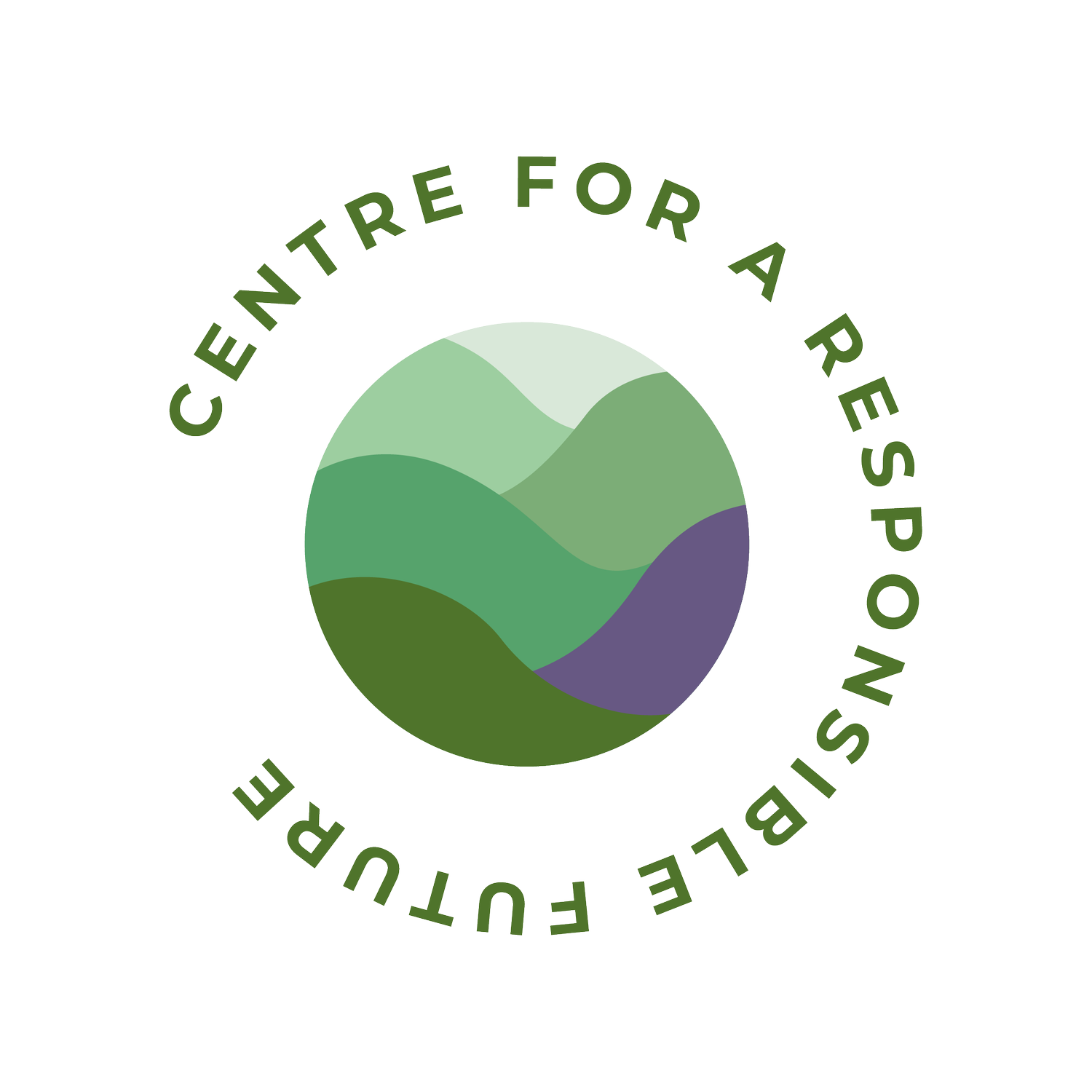It’s Getting Easier To Eat a ‘Climate Cooling’ Diet
Author: George Jacobs, PHD
The Singapore government has wisely adopted a range of strategies to address the steadily worsening climate crisis. One of these strategies deserves special mention, as everyone in Singapore can implement this strategy three or more times a day. The strategy is to move away from the consumption of animal-based foods, such as meat and dairy and, instead, to enjoy more plant-based foods.
Joseph Poore, the lead researcher on a study recently published in the journal Science, characterized a move towards diets based largely on plants as “probably the single biggest way to reduce your impact on planet Earth, not just greenhouse gases, but global acidification, eutrophication, land use, and water uses. It is far bigger than cutting down on your flights or buying an electric car.”
Fortunately, we in Singapore are already well on our way to changing our diets to a climate cooling one. Alternatives to dairy made from soy, oats, coconut, and other plants are readily available. Plus, in the past year, meat alternatives have multiplied on the menus of many eateries, as well as at supermarkets.
Additionally, research, sometimes supported by the Singapore government, is ongoing with companies such as Life3 Biotech, Shiok Meats, Sophie’s Kitchen, Growthwell, and Karana leading the way. The Health Promotion Board urges us to fill half our plates with fruits and vegetables, and while HPB does talk about meat, it also mentions “others”, including beans and nuts.
To encourage people to act against climate change by increasing the plant portion of their diets, perhaps the government and employers could consider subsidizing the price of fruits and vegetables. Such a move would be “feeding two birds with one bowl”, as plant-based diets have also been shown to boost health.
